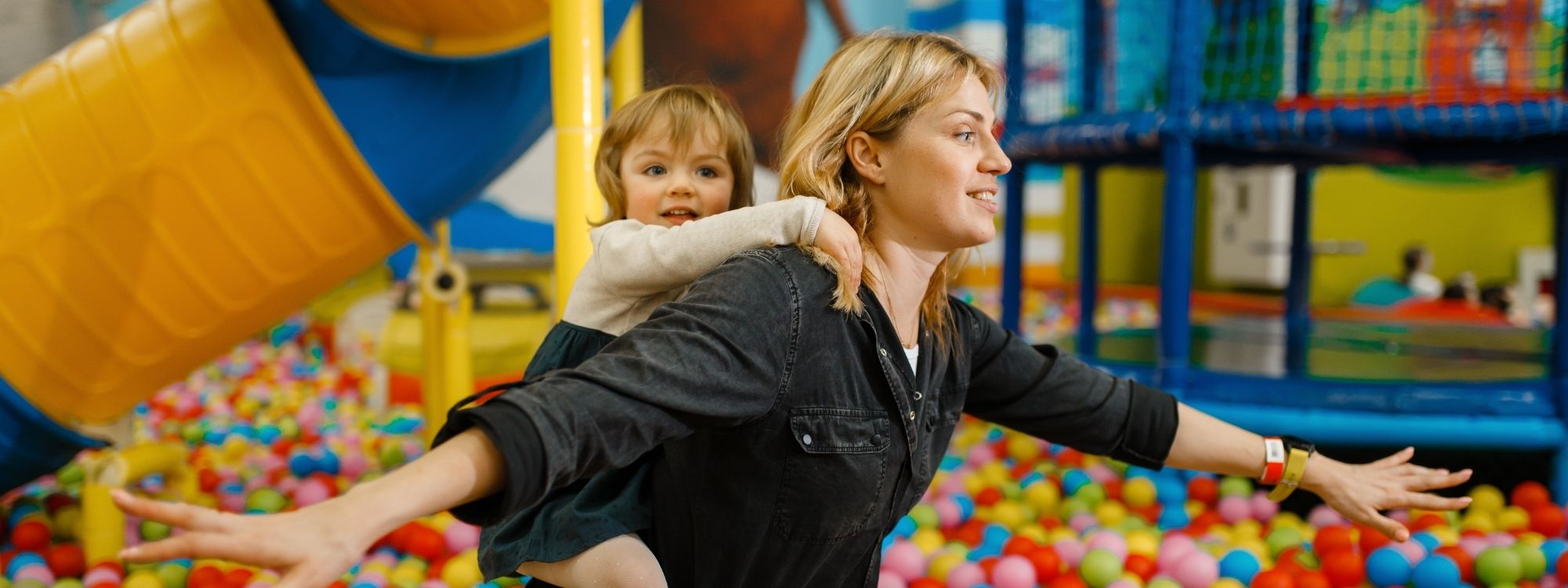How Long Does ABA Therapy Take to Work? Key Timelines & Tips
Introduction to ABA Therapy
Applied Behavior Analysis (ABA) therapy is one of the most effective, evidence-based treatments for Autism Spectrum Disorder (ASD). It focuses on developing essential life skills such as communication skills, social interaction, and daily living abilities. Using proven strategies like positive reinforcement, ABA therapy helps children replace challenging behaviors with functional, adaptive ones.
Every ABA program is customized to meet a child’s unique needs. Therapists design individualized treatment plans that address specific strengths, challenges, and goals, delivering sessions in the home, at a center, or in community settings.
For parents wondering how long does ABA therapy take to work, the answer depends on many factors, including therapy intensity, the child’s age, and consistency at home. By understanding how ABA therapy works, how to monitor progress, and what influences progress, families can set realistic expectations and support their child’s growth effectively.
Factors Influencing ABA Therapy Results
ABA therapy results depend on several factors, including the child’s age, developmental profile, and the intensity of therapy sessions. These variables determine how quickly and effectively a child may progress toward their goals.
Younger children often show faster progress because their brains are more adaptable during early development. That’s why many specialists recommend starting ABA as early as possible to help children develop foundational skills. Still, older children and even teenagers can benefit significantly from consistent, well-structured therapy.
Beyond age, therapy success is influenced by:
- Cognitive abilities: A child’s learning capacity impacts how quickly they acquire and generalize new skills.
- Therapy intensity: Higher weekly hours often lead to quicker results.
- Home reinforcement: When families consistently apply ABA strategies outside of sessions, children are more likely to retain skills.
- Therapist expertise: Skilled therapists can adjust strategies to match a child’s evolving needs.
Ongoing assessments are essential, allowing therapists to identify barriers and refine the treatment plan to keep progress on track.
Understanding the Duration of ABA Therapy
Many children begin to show noticeable progress within three to six months of starting ABA therapy, but significant improvements usually take six months to a year or more.
ABA therapy is not a “quick fix,” it’s a long-term investment in a child’s development. While some skills emerge quickly, others, especially complex social or emotional behaviors, may take years to master in the therapy process. Therapy duration can range from several months to multiple years, depending on factors such as therapy intensity, individual goals, and how consistently skills are reinforced outside of sessions.
Families should view ABA therapy as a marathon, not a sprint. The most meaningful changes happen over time, with consistent practice, adjustments to goals, and ongoing collaboration between therapists and families.
ABA Therapy Assessment and Goal Setting
A thorough initial assessment is the foundation of an effective ABA therapy plan. This evaluation identifies the child’s strengths, challenges, and priority areas for development, including basic skills. It may include interviews with parents, direct observation, and standardized assessments.
From there, the therapist creates an individualized treatment plan with clear, measurable goals. These objectives guide therapy sessions and ensure all efforts are aligned with the child’s needs.
Goal setting is not static; regular progress reviews allow therapists and families to update targets as skills are mastered or new challenges arise. When everyone works toward the same objectives, therapy becomes more efficient and results are more consistent.
Early Progress Indicators
Early signs that ABA therapy is working can appear within the first few months. These may include:
- Increased eye contact
- More frequent or clearer communication
- Reduced problem behaviors like tantrums or aggression
As therapy continues, children often progress to more advanced milestones such as forming friendships, following multi-step directions, or independently managing daily routines.
Recognizing and celebrating even small improvements keeps children motivated and reassures families that their efforts are paying off. Progress is rarely linear, so patience and consistency are critical.
ABA Strategies for Skill Development
ABA therapy uses multiple evidence-based strategies to teach new skills and reduce problem behaviors. These include:
- Discrete Trial Training (DTT): Breaking skills into small steps and teaching them one at a time.
- Natural Environment Teaching (NET): Using everyday situations to teach and reinforce skills.
- Pivotal Response Training (PRT): Targeting key behaviors that have widespread effects, like motivation and self-initiation.
Each approach is tailored to the child’s learning style and needs, helping them build a solid foundation for future growth. The use of positive reinforcement remains central; rewarding desired behaviors increases the likelihood they will be repeated.
The Importance of Early Intervention
Starting ABA therapy early, ideally before age five, can dramatically improve long-term outcomes. Research shows early intervention can accelerate language development, reduce severe symptoms, and increase independence later in life.
Children who receive intensive early ABA services are more likely to integrate successfully into mainstream educational and social environments. This doesn’t mean older children won’t benefit from intensive therapy, but early years offer a critical window for building foundational skills.
ABA Therapy Sessions and Schedules
ABA therapy schedules are highly individualized, but consistency is always key. Many children attend multiple sessions per week, with each session lasting two to four hours.
Therapy can be delivered in various settings, home, center, or community, depending on the child’s needs. As the child’s skills improve, schedules may be adjusted to focus on maintenance and generalization rather than intensive skill acquisition.
Skill Acquisition and Behavior Reduction
ABA therapy focuses on teaching new skills while reducing behaviors that interfere with learning and social interaction. For example, a child might learn to request help instead of engaging in challenging behavior, emphasizing reinforcing positive behaviors.
By systematically reinforcing positive actions and providing alternatives to unwanted behaviors, therapists help children replace maladaptive patterns with functional, socially appropriate behaviors.
Maintenance and Generalization
Learning a skill in therapy is just the first step; practicing skills over time and using them in different settings is equally important.
Maintenance strategies ensure that once a child learns a skill, they retain it. Generalization ensures they can use that skill at home, in school, and in the community. Without these steps, progress may be short-lived.
Family Involvement in ABA Therapy
Family participation can make or break ABA therapy success. Parents and caregivers play an essential role in reinforcing skills outside of sessions, ensuring consistency across environments.
Training and guidance from therapists empower families to handle challenging behaviors effectively and integrate skill-building into daily life.
Tracking Progress and Making Adjustments
Progress tracking in ABA therapy is continuous. Therapists collect data during every session to measure skill acquisition and behavior change.
This evidence-based approach ensures that therapy remains effective, adapting quickly if a child is not making expected progress. Families are kept informed through regular meetings and progress reports.
Can ABA Therapy Be Effective?
Yes, ABA therapy has been proven effective for many children with autism and other developmental challenges. Multiple studies confirm its ability to improve communication, reduce problem behaviors, and enhance social and daily living skills, leading to meaningful progress.
However, outcomes vary depending on individual factors, especially complex behaviors, making personalization critical.
ABA Therapy Results and Child Development
When implemented consistently, ABA therapy can lead to life-changing results. These may include greater independence, emotional regulation, and improved academic readiness.
Such progress can also reduce family stress, improve quality of life, and expand opportunities for the child’s future.
The Role of ABA Therapy in a Child’s Life
ABA therapy provides more than just skill instruction; it offers a framework for long-term growth, independence, and community participation. For many families, it becomes a cornerstone of their child’s developmental journey.
Insurance Coverage and ABA Therapy
Many insurance providers cover ABA therapy, recognizing its clinical effectiveness. Coverage details vary by state and policy, so families should verify benefits and explore funding options such as state programs or scholarships.
Conclusion
ABA therapy is a highly individualized and research-backed approach to supporting children with autism. While timelines for visible progress vary, consistent, personalized, and family-supported therapy can lead to meaningful, lasting improvements. Families who approach ABA with realistic expectations, patience, and commitment are better positioned to help their child reach their full potential.
Curious about your child’s potential progress with ABA therapy? At Champions ABA, we create individualized treatment plans that help children build meaningful skills at their own pace. From early intervention to ongoing support, our compassionate team is here to guide your family every step of the way. Call (877) 242-1744 or visit our website today to learn how expert ABA care can make a lasting difference.
FAQs
How long does it take to see results from ABA therapy?
Many children show early improvements within three to six months, such as better communication or reduced problem behaviors. More significant changes, including advanced social skills or independence, often require six months to a year or longer of consistent therapy.
How long does it take for an ABA to work?
ABA therapy results depend on factors like therapy intensity, the child’s age, and reinforcement at home. While some progress can be seen in months, achieving long-term goals often requires years of structured support.
What is the success rate of ABA therapy?
Research indicates that ABA therapy can lead to meaningful improvements in 80–90% of children who receive early, intensive intervention. Success rates vary depending on the child’s needs, therapy quality, and family involvement.
How do I know if ABA therapy is working?
Signs of success include the consistent use of newly learned skills, reduced frequency of challenging behaviors, and improved participation in daily routines. Regular progress reports from the therapy team help confirm these gains.



